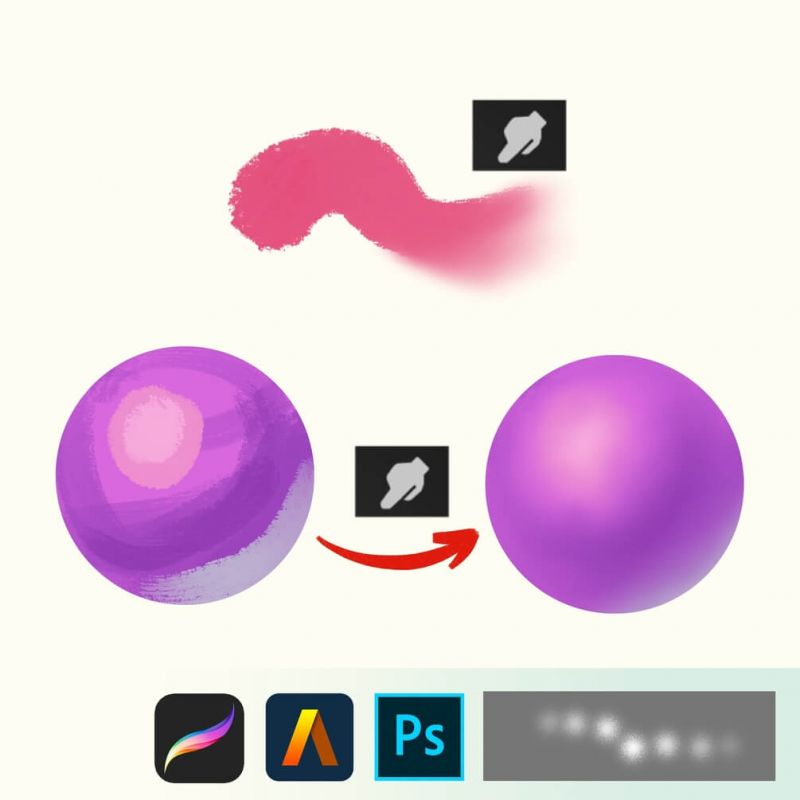
ISRO CS Original Papers and Official Keys. GATE CS Original Papers and Official Keys. DevOps Engineering - Planning to Production. Python Backend Development with Django(Live). Android App Development with Kotlin(Live).  Full Stack Development with React & Node JS(Live). Java Programming - Beginner to Advanced. Data Structure & Algorithm-Self Paced(C++/JAVA). Data Structures & Algorithms in JavaScript. Data Structure & Algorithm Classes (Live). Vary your brush size as needed using the bracket keys. In this example, we colorized the flower behind the baby's ear. Go to the image and start painting the element you wish to colorize. Press Enter (PC)/ Return (Mac) to close the picker. Select a brush (we have selected the Soft Round brush) and set the size and the Hardness. To prepare to colorize an element, go to the image and right-click (PC)/ Control-click (Mac) anywhere to open the Brush Preset Picker. Select the Brush Tool and then go to the Options Bar, click the Mode drop-down menu, and select Color. Click the Foreground Color at the bottom of the Toolbar to open the Color Picker, set the color values, and click OK. In the dialog box, select Working RGB from the Destination Space Profile drop-down menu and click OK. In order to colorize an image, you will first need to convert it to RGB.
Full Stack Development with React & Node JS(Live). Java Programming - Beginner to Advanced. Data Structure & Algorithm-Self Paced(C++/JAVA). Data Structures & Algorithms in JavaScript. Data Structure & Algorithm Classes (Live). Vary your brush size as needed using the bracket keys. In this example, we colorized the flower behind the baby's ear. Go to the image and start painting the element you wish to colorize. Press Enter (PC)/ Return (Mac) to close the picker. Select a brush (we have selected the Soft Round brush) and set the size and the Hardness. To prepare to colorize an element, go to the image and right-click (PC)/ Control-click (Mac) anywhere to open the Brush Preset Picker. Select the Brush Tool and then go to the Options Bar, click the Mode drop-down menu, and select Color. Click the Foreground Color at the bottom of the Toolbar to open the Color Picker, set the color values, and click OK. In the dialog box, select Working RGB from the Destination Space Profile drop-down menu and click OK. In order to colorize an image, you will first need to convert it to RGB. 

For this example, we will use a grayscale image of a baby. This feature works the same in all recent versions of Adobe Photoshop: CS5, CS6, and Creative Cloud (CC). In this example, we will colorize a grayscale image using a blending mode, so as not to destroy the shaping of the image created by the gray. How to Use Brush Blending Modes in Adobe Photoshop See Adobe Photoshop: Tips and Tricks for similar articles.īlending modes look at the tonal quality of the pixels you are painting on and the color you are painting with to affect the result in various ways.







 0 kommentar(er)
0 kommentar(er)
